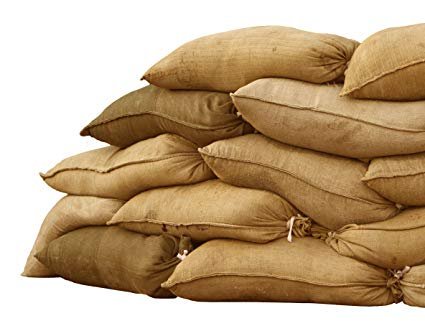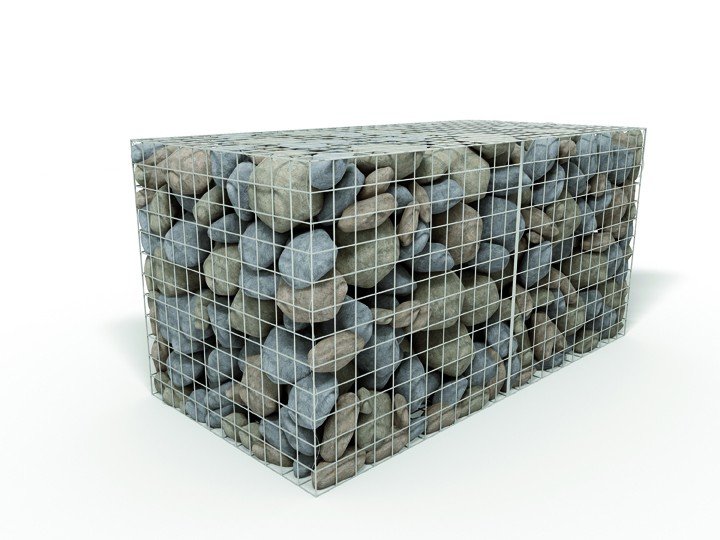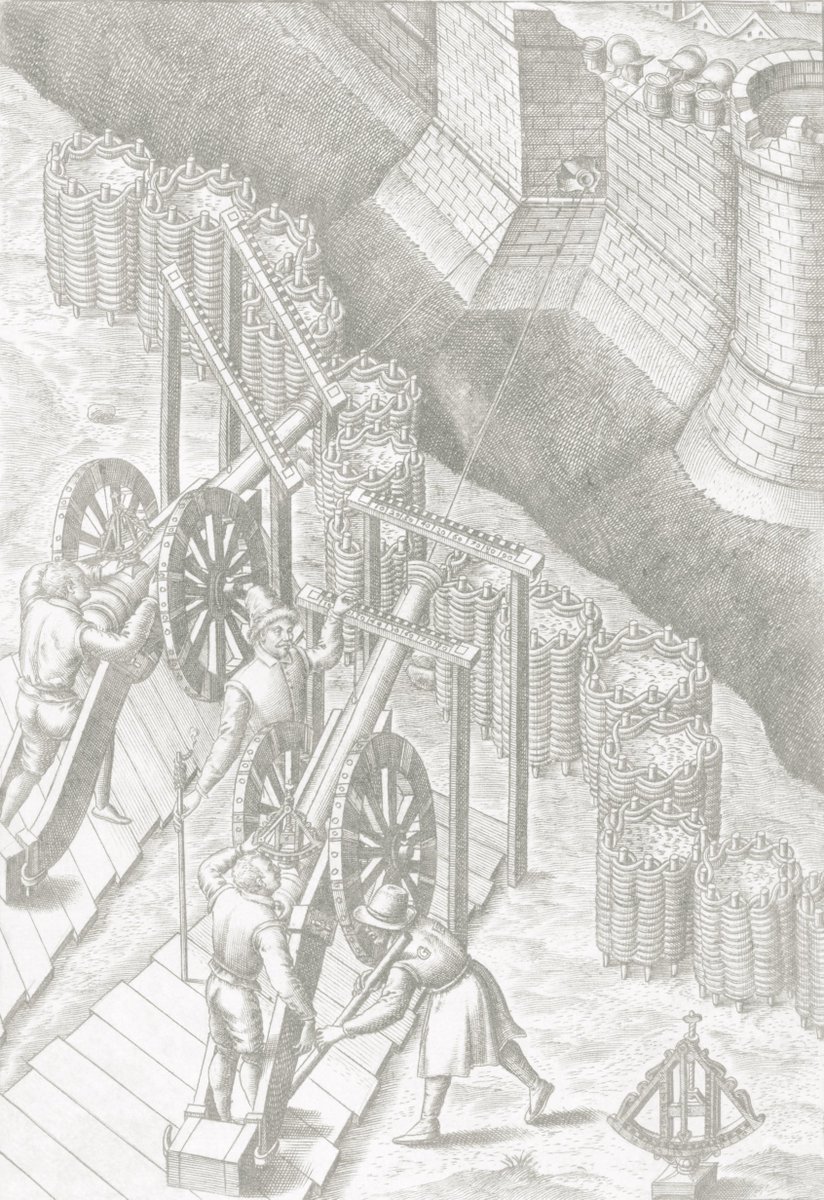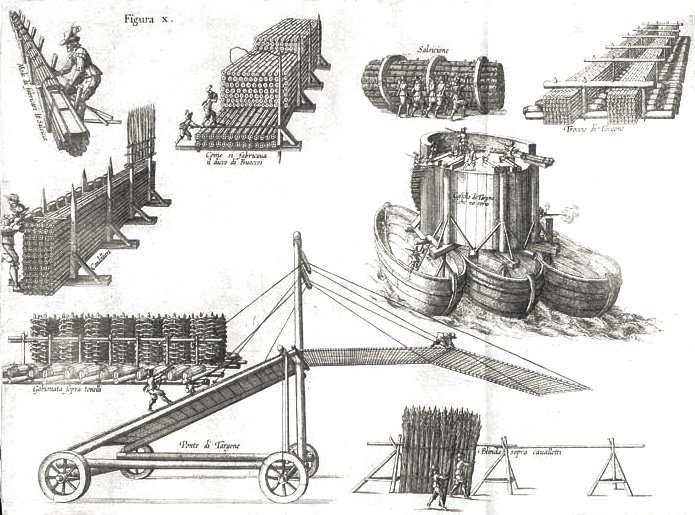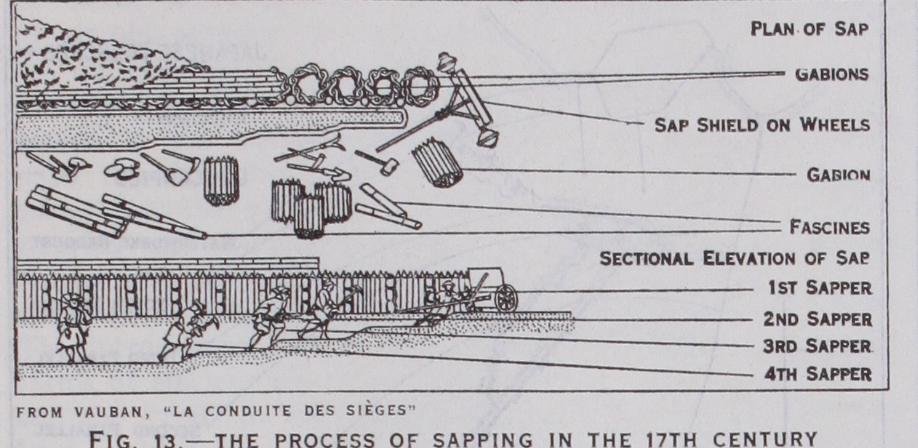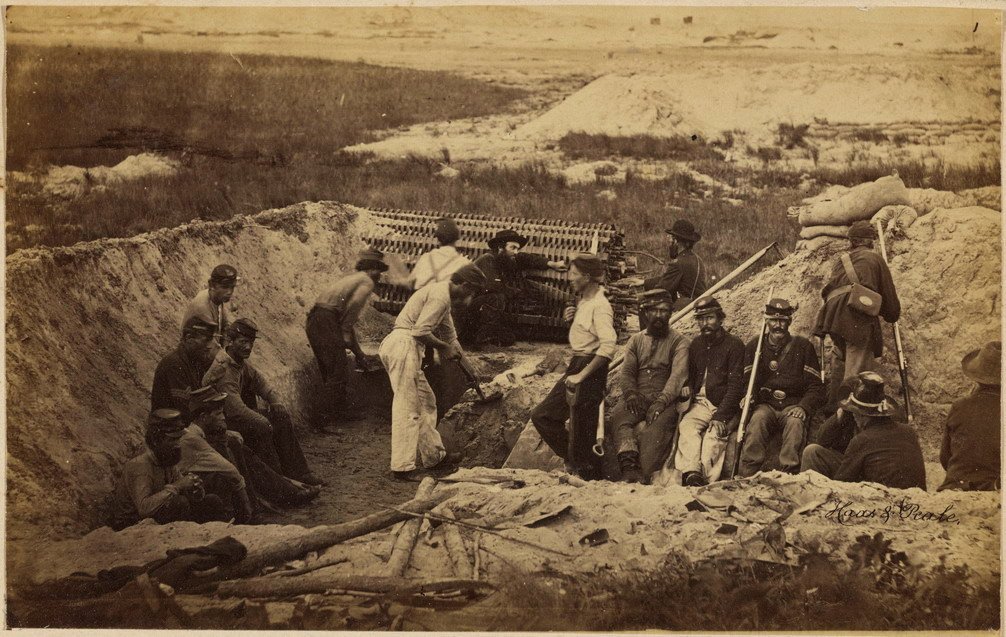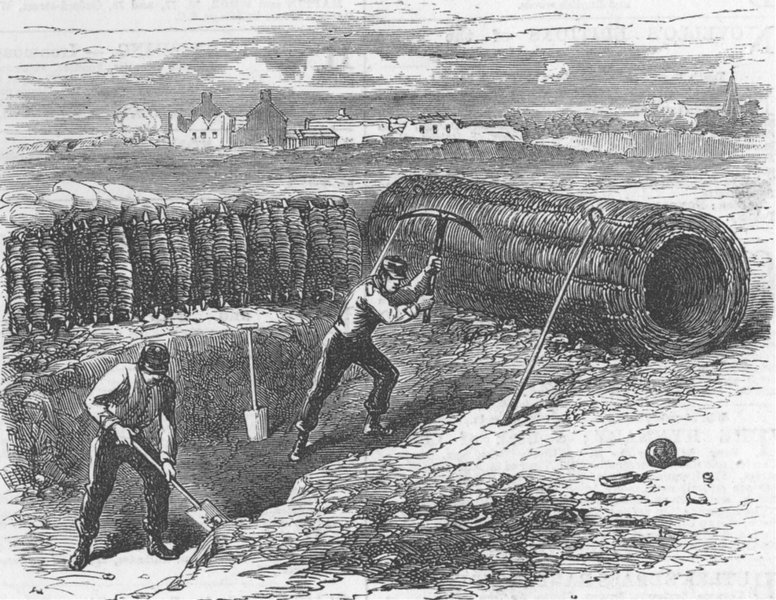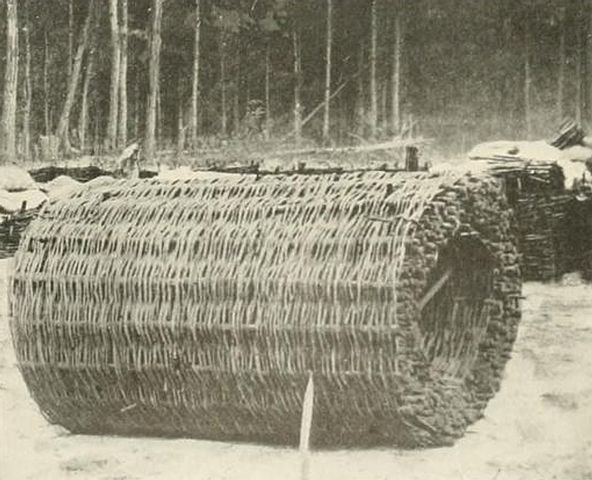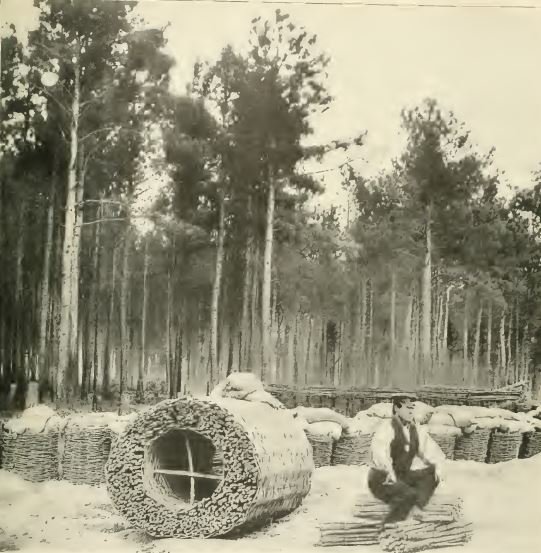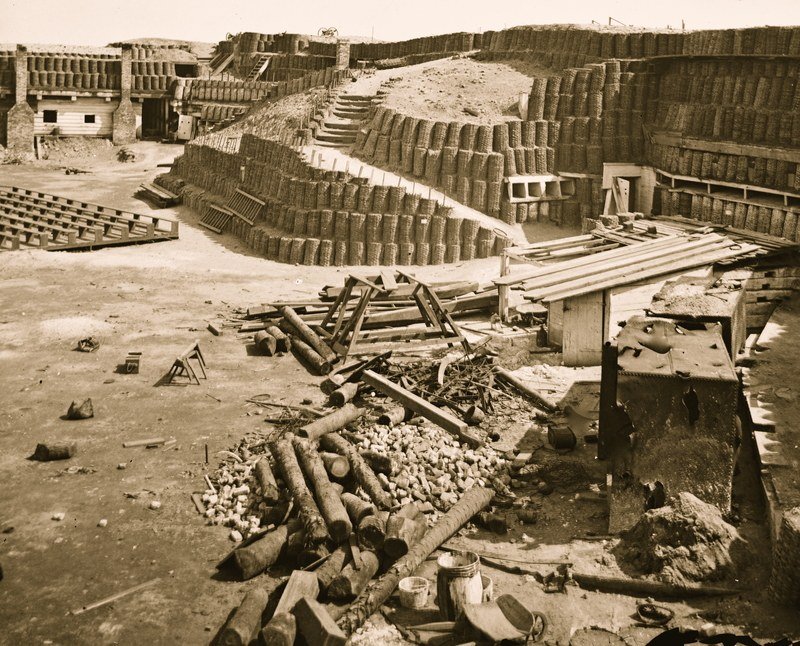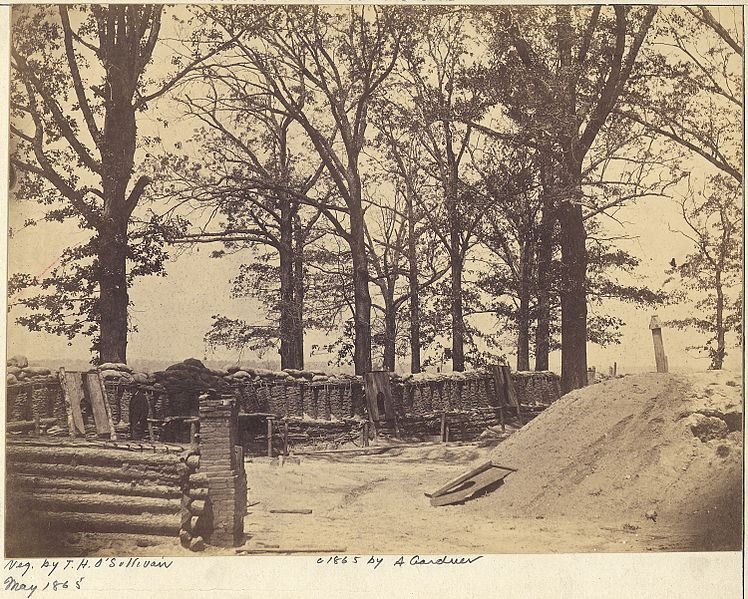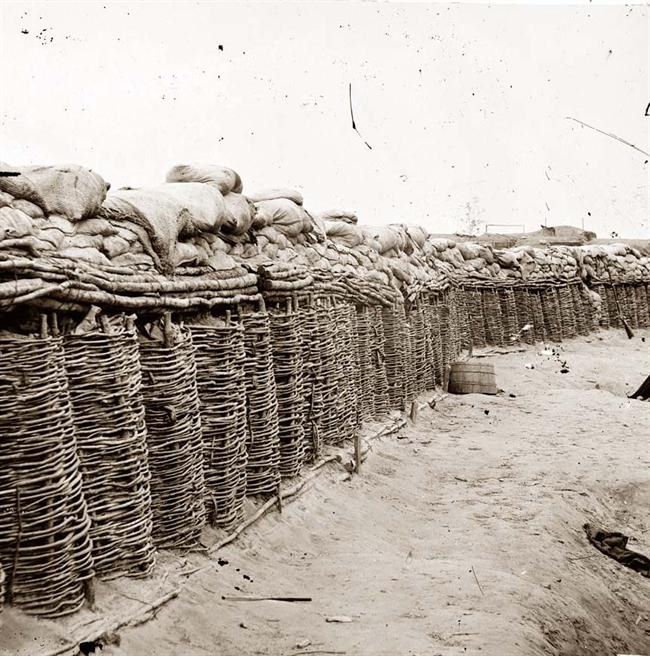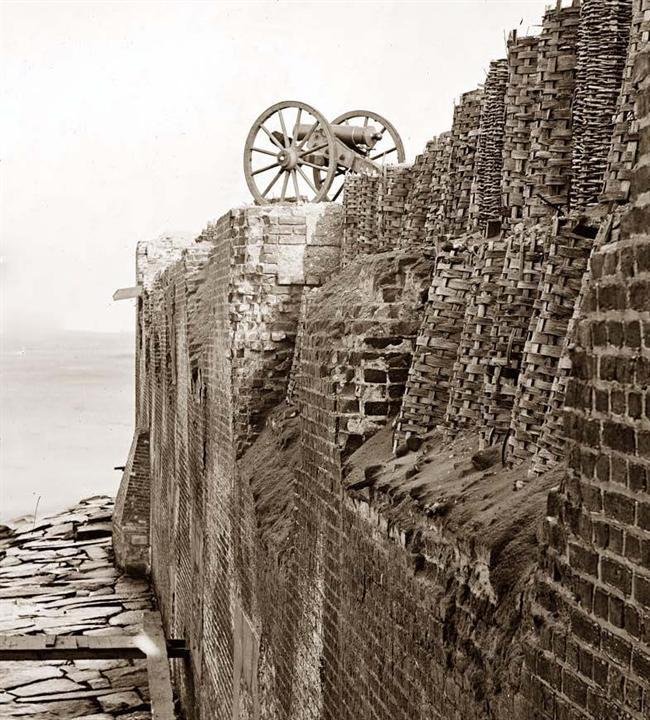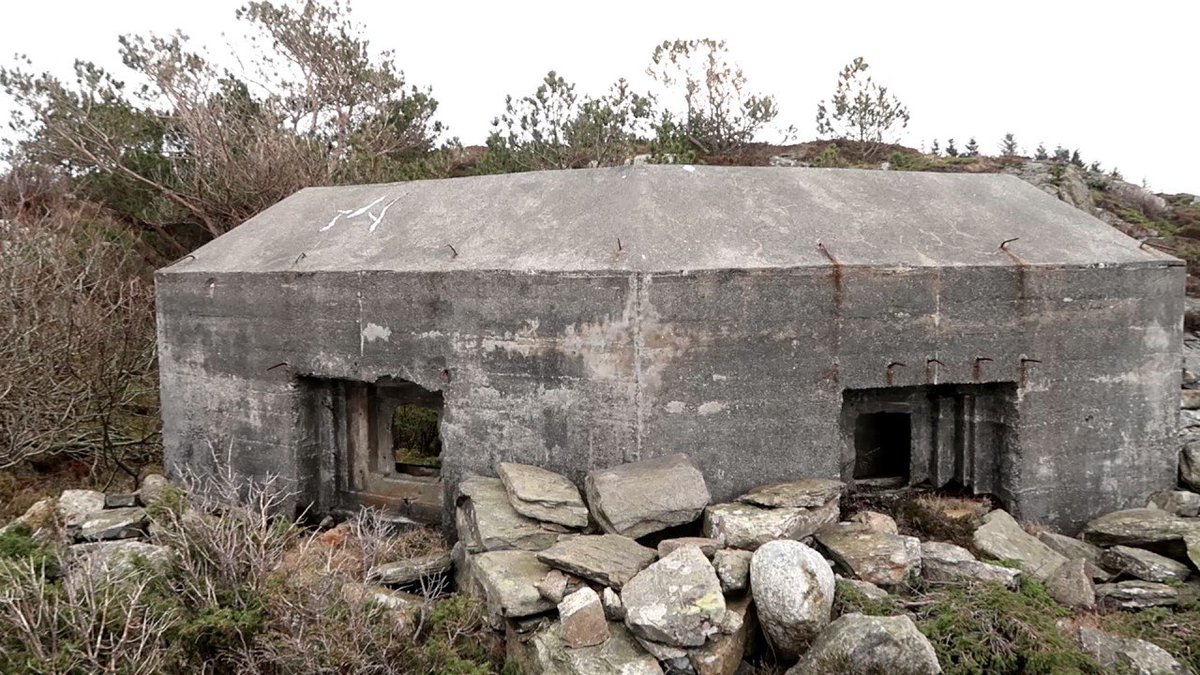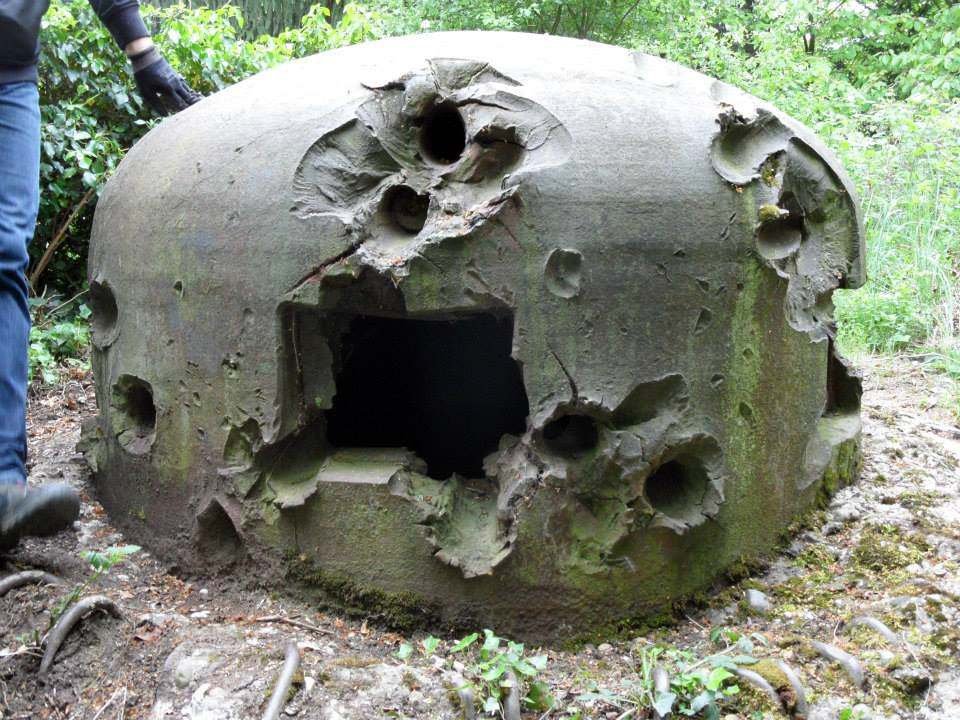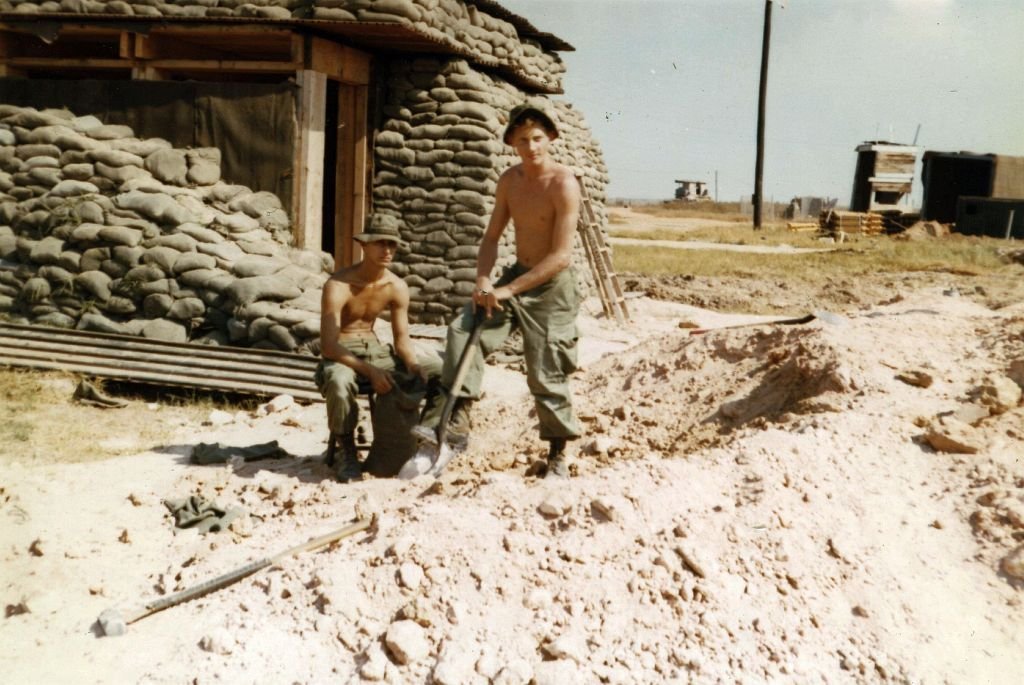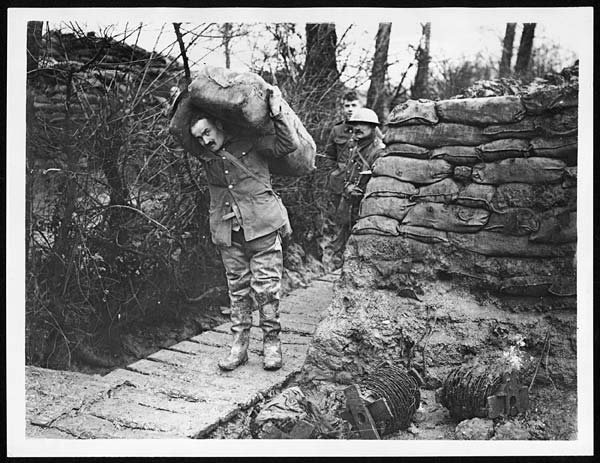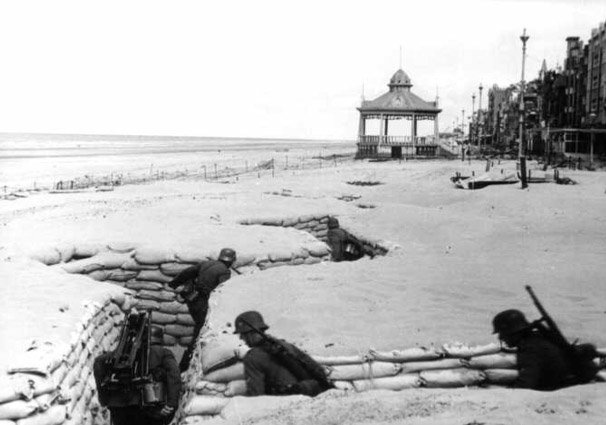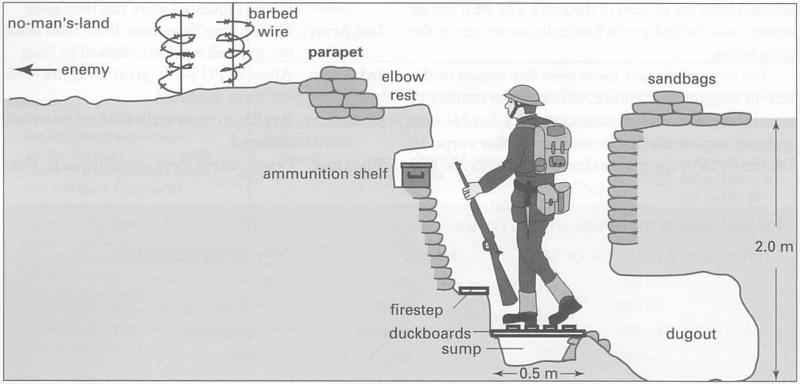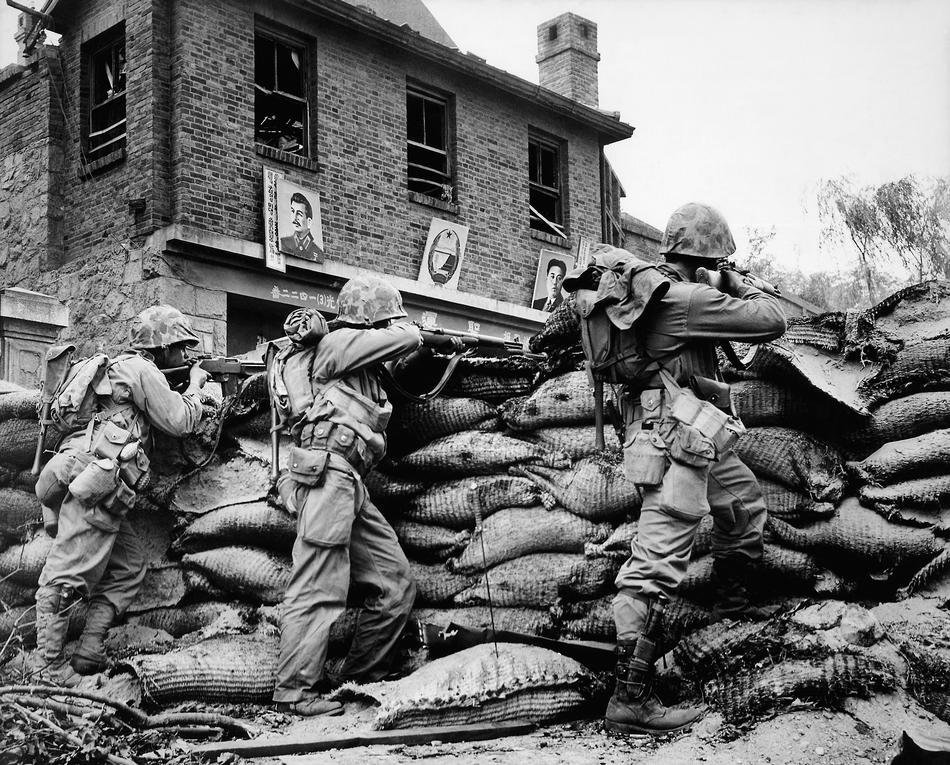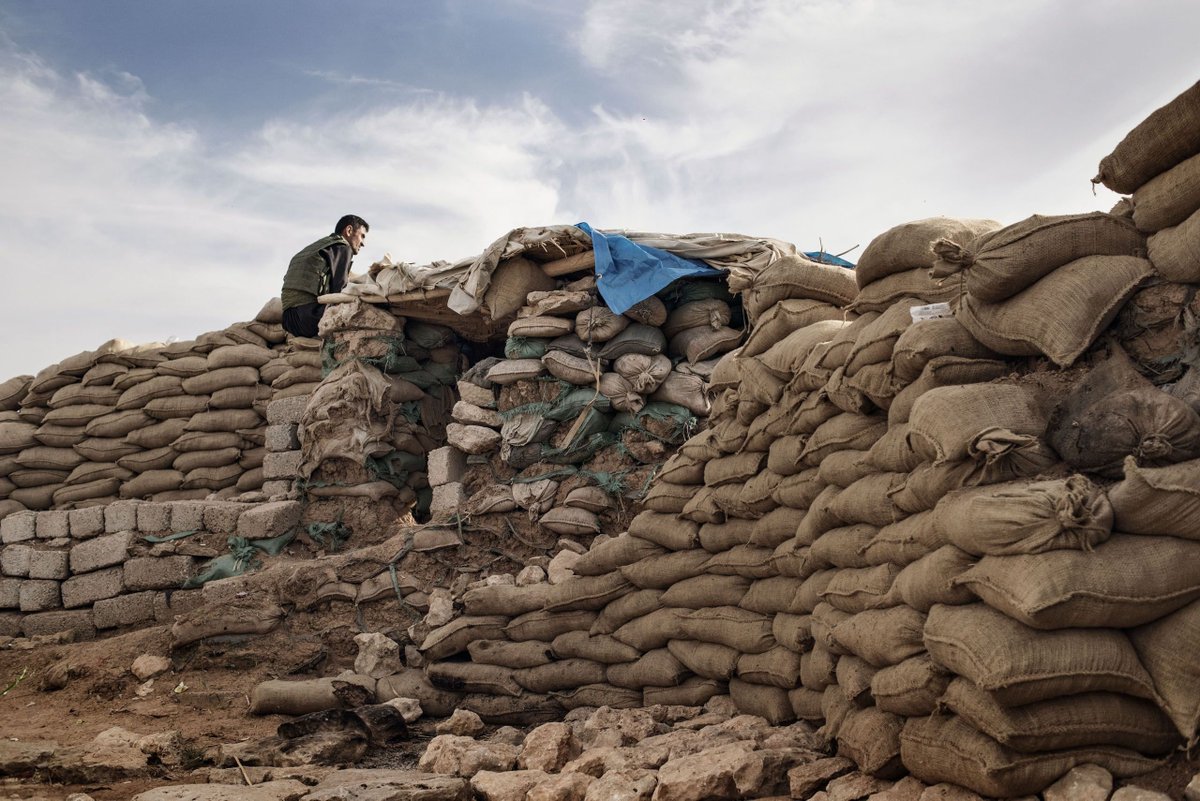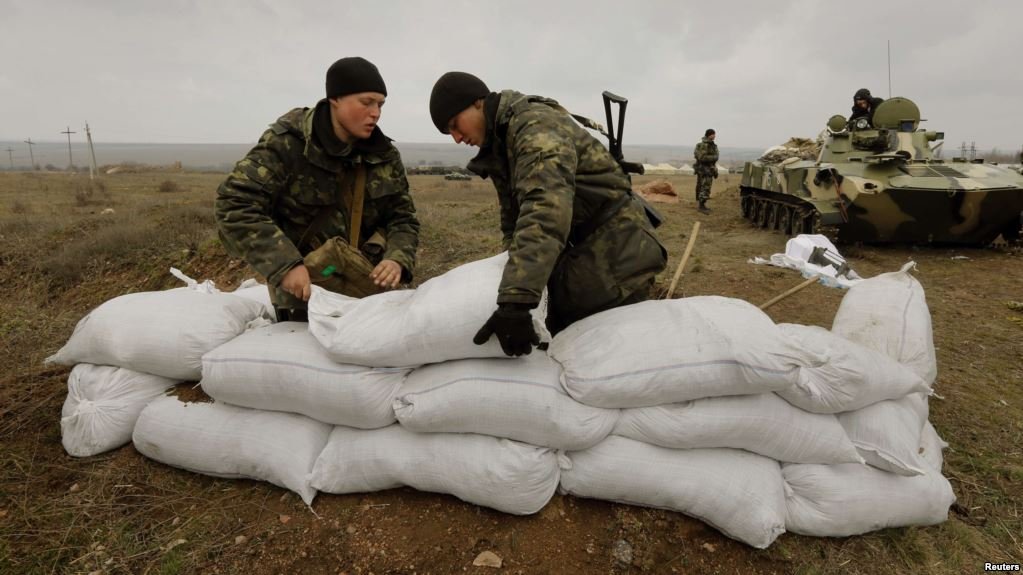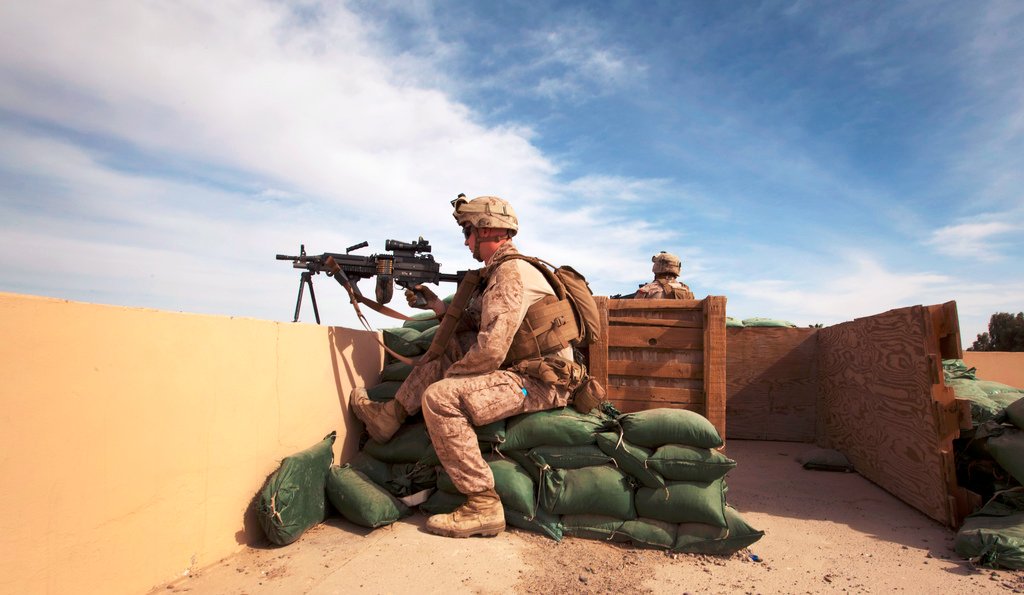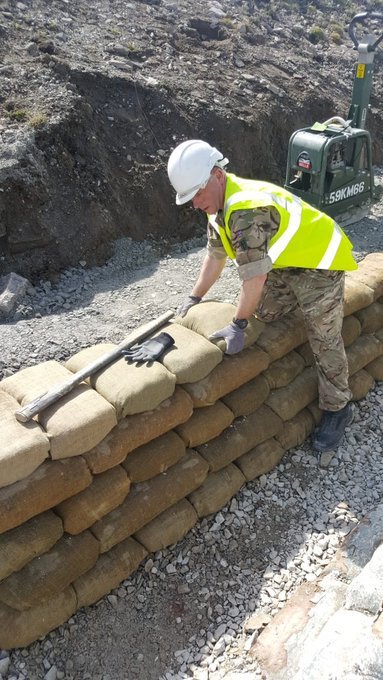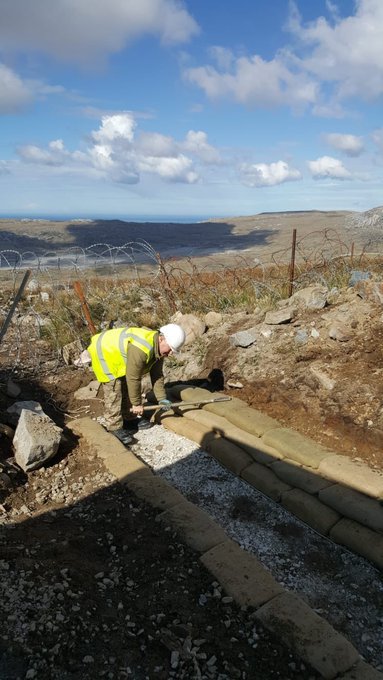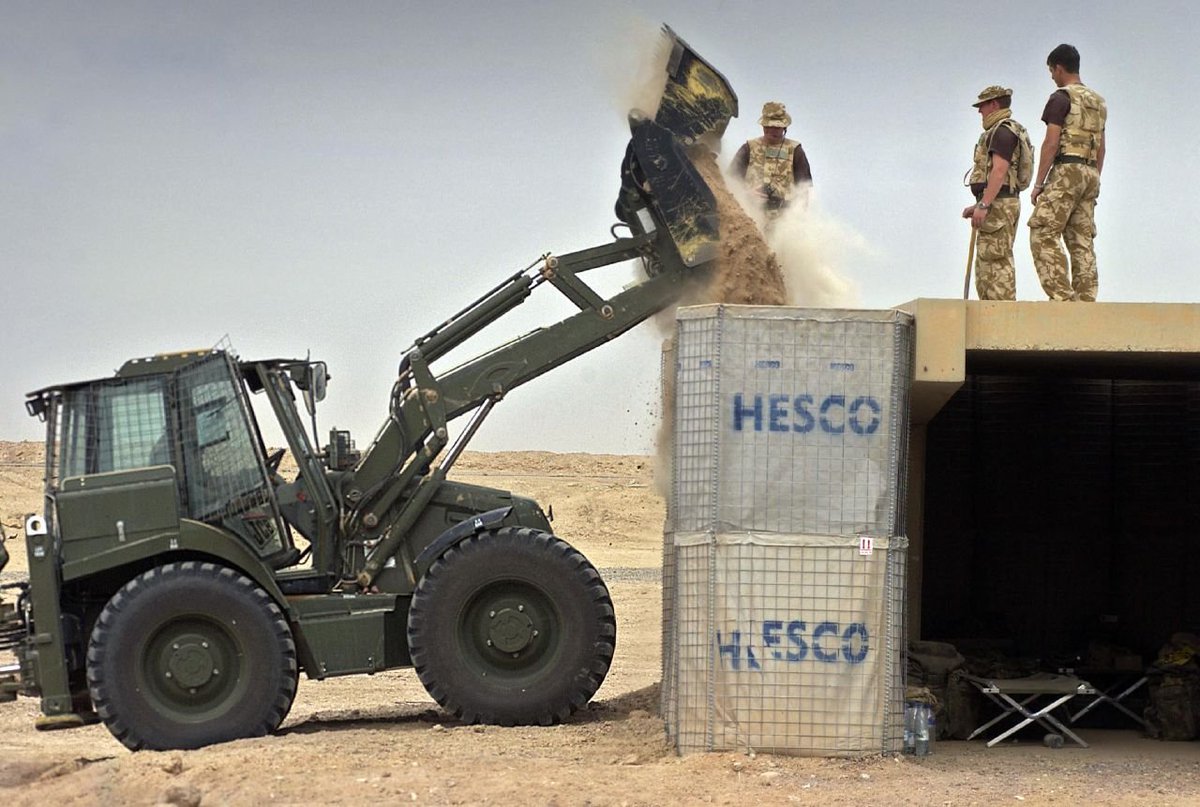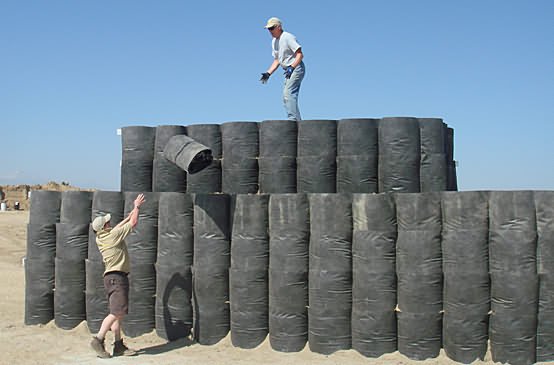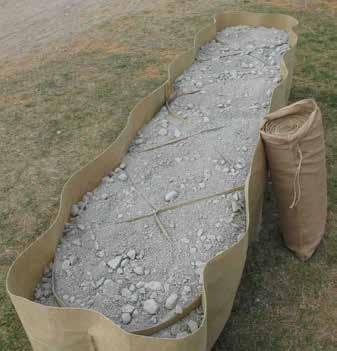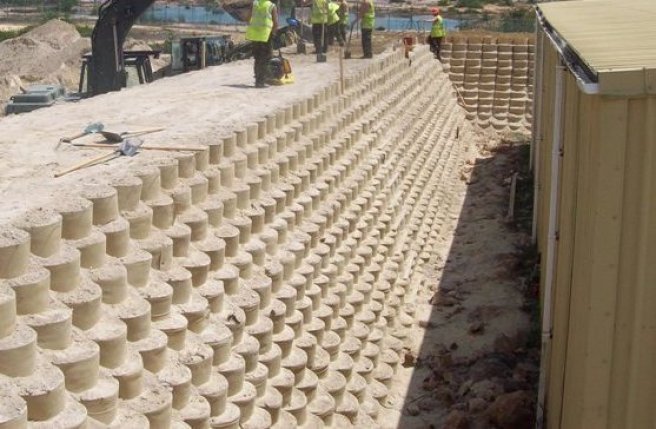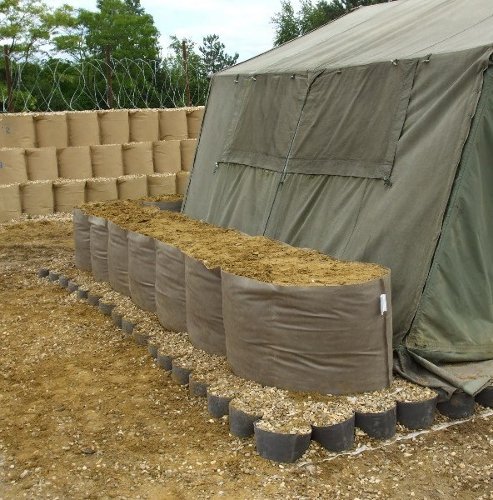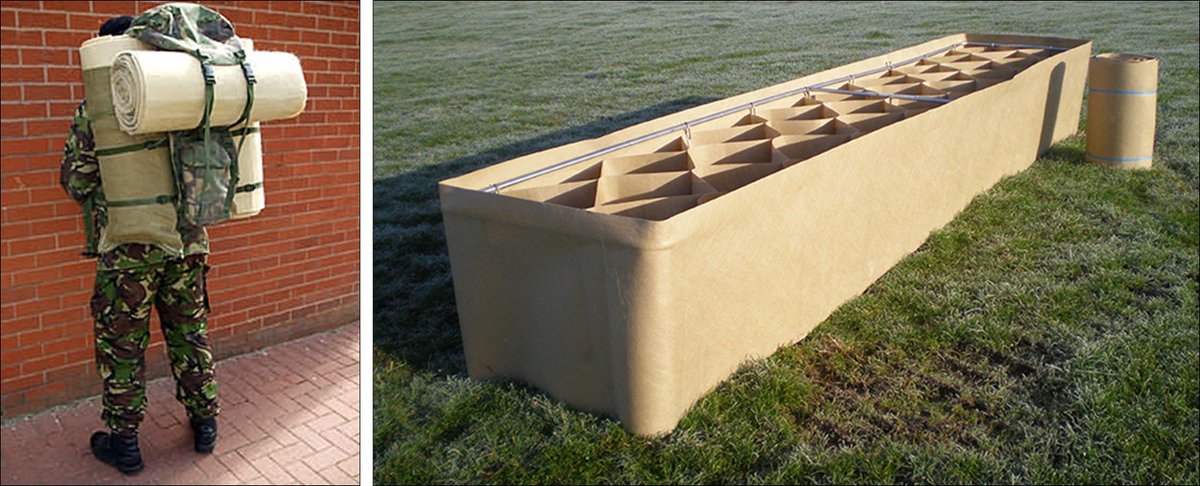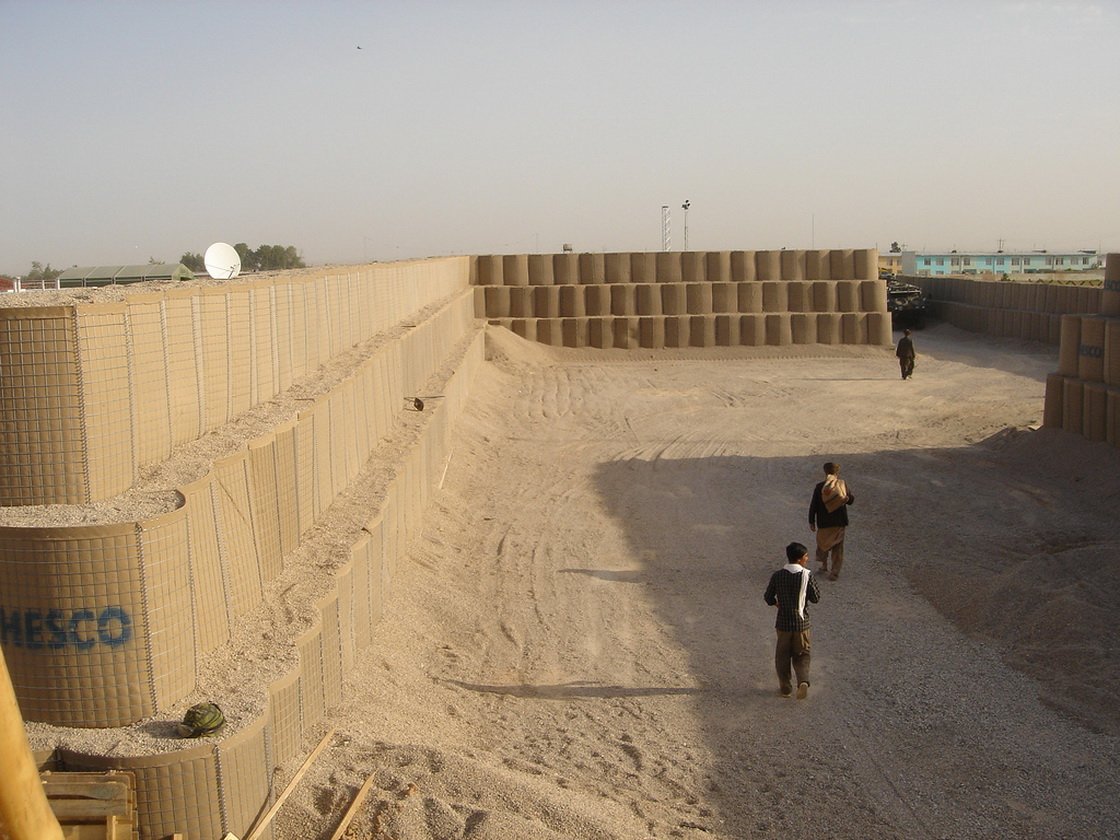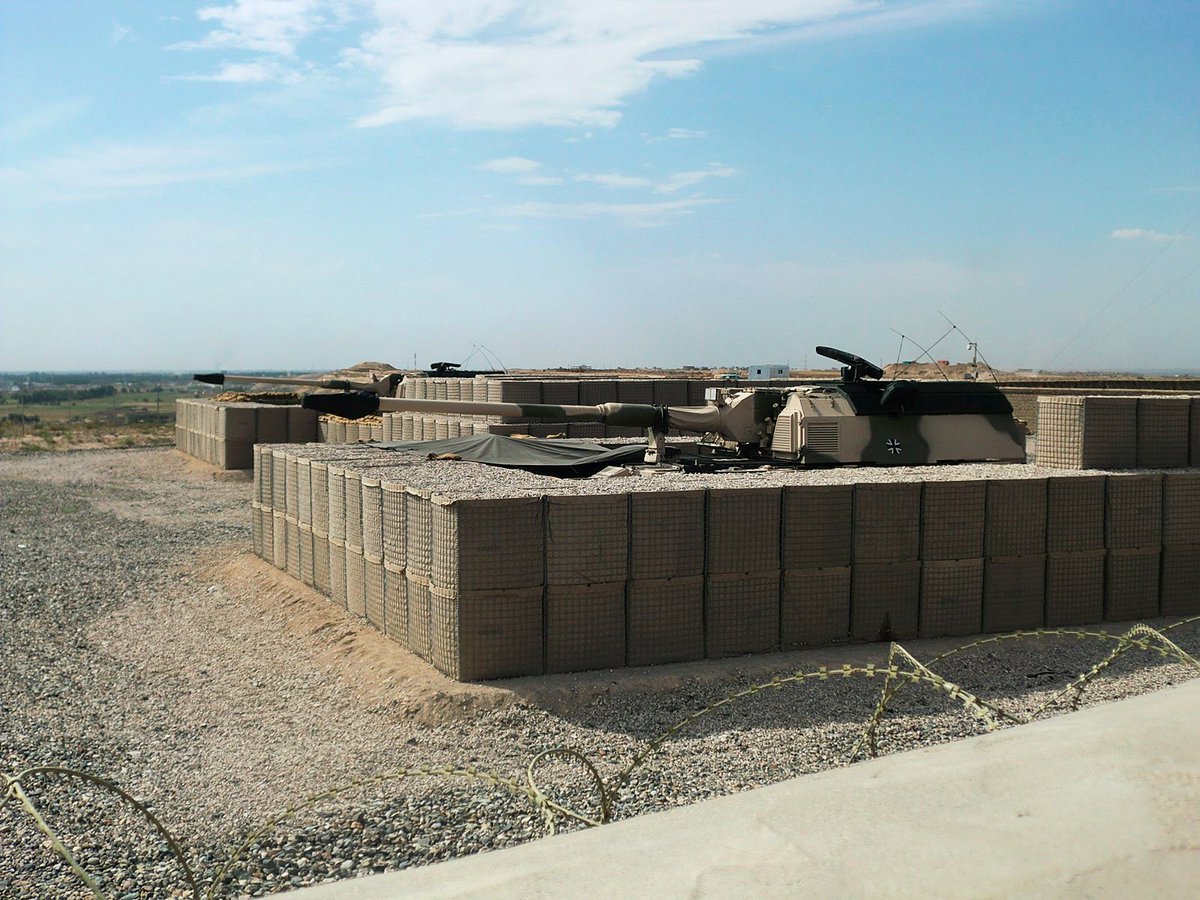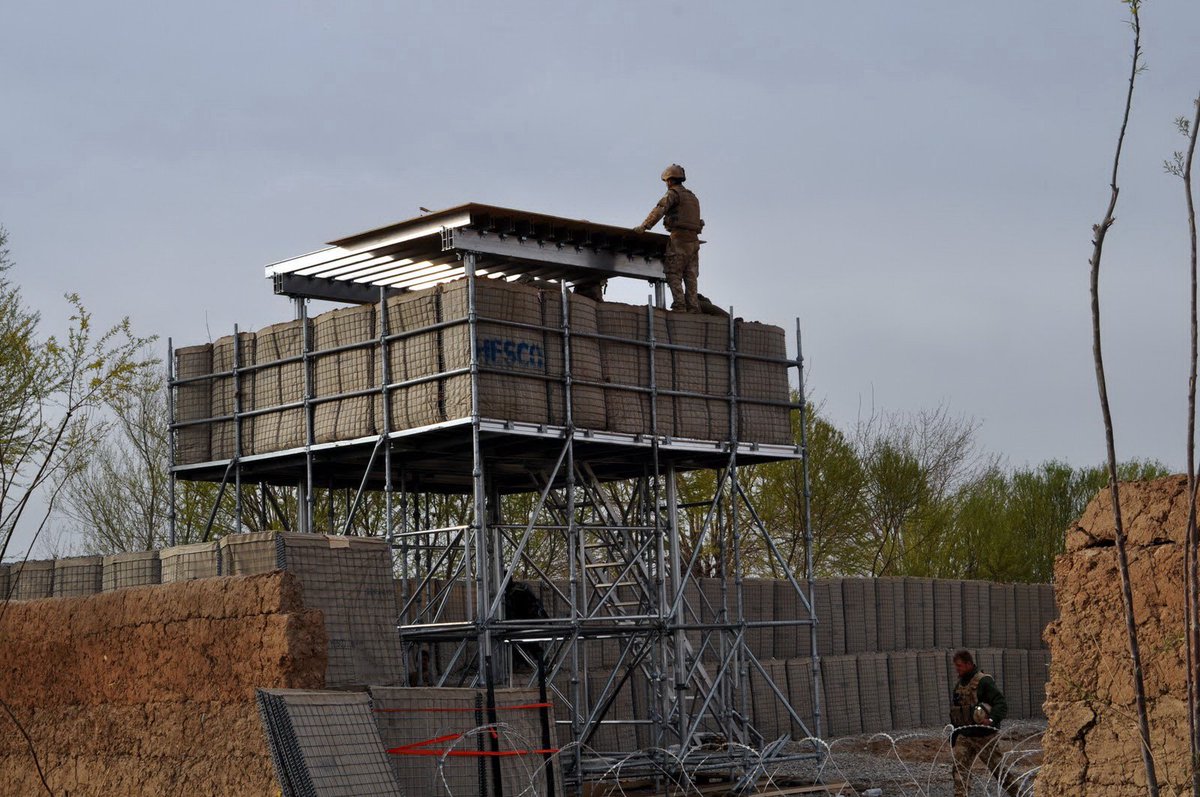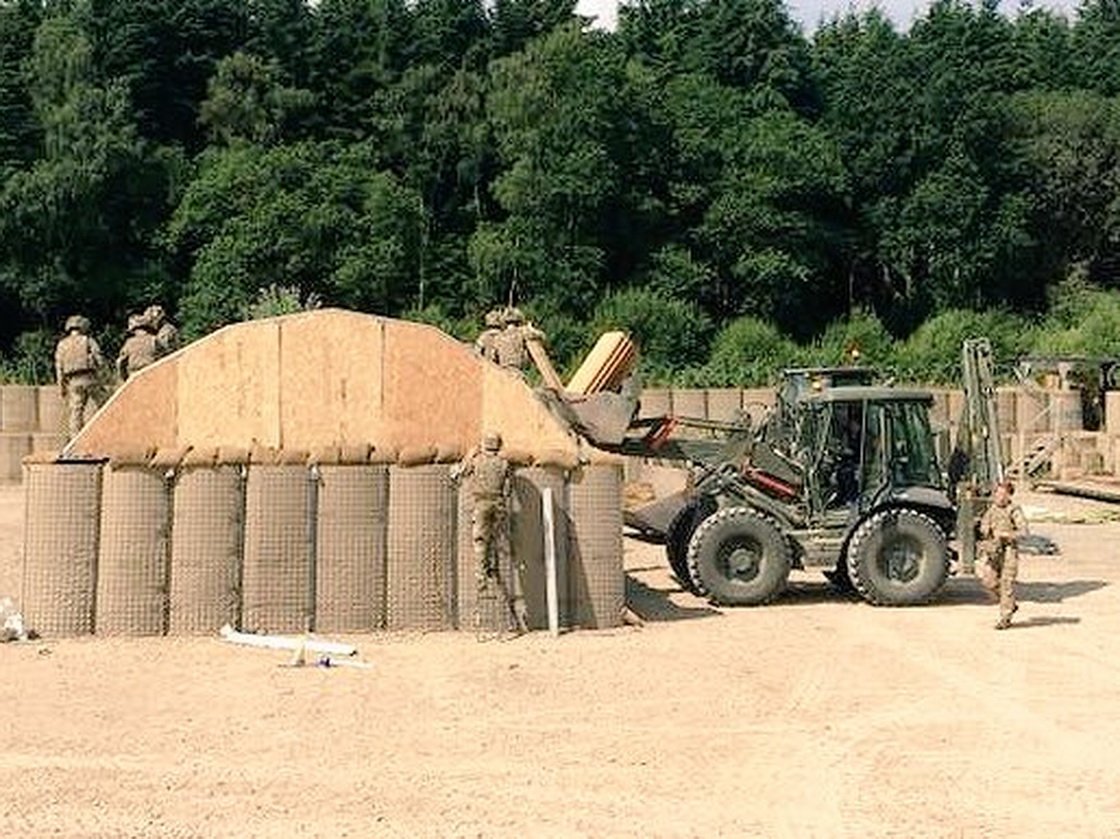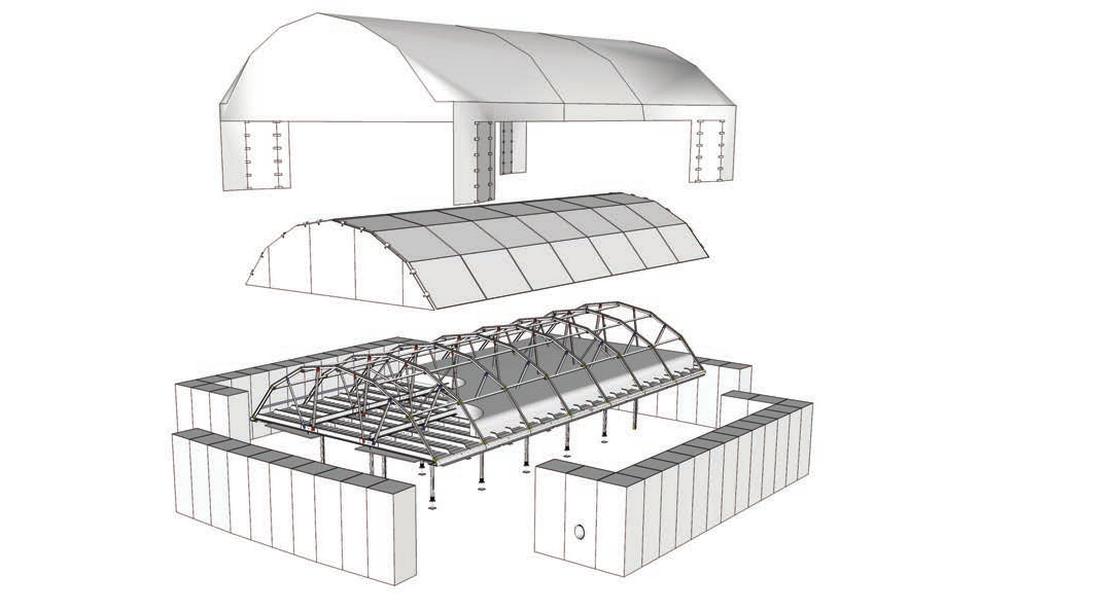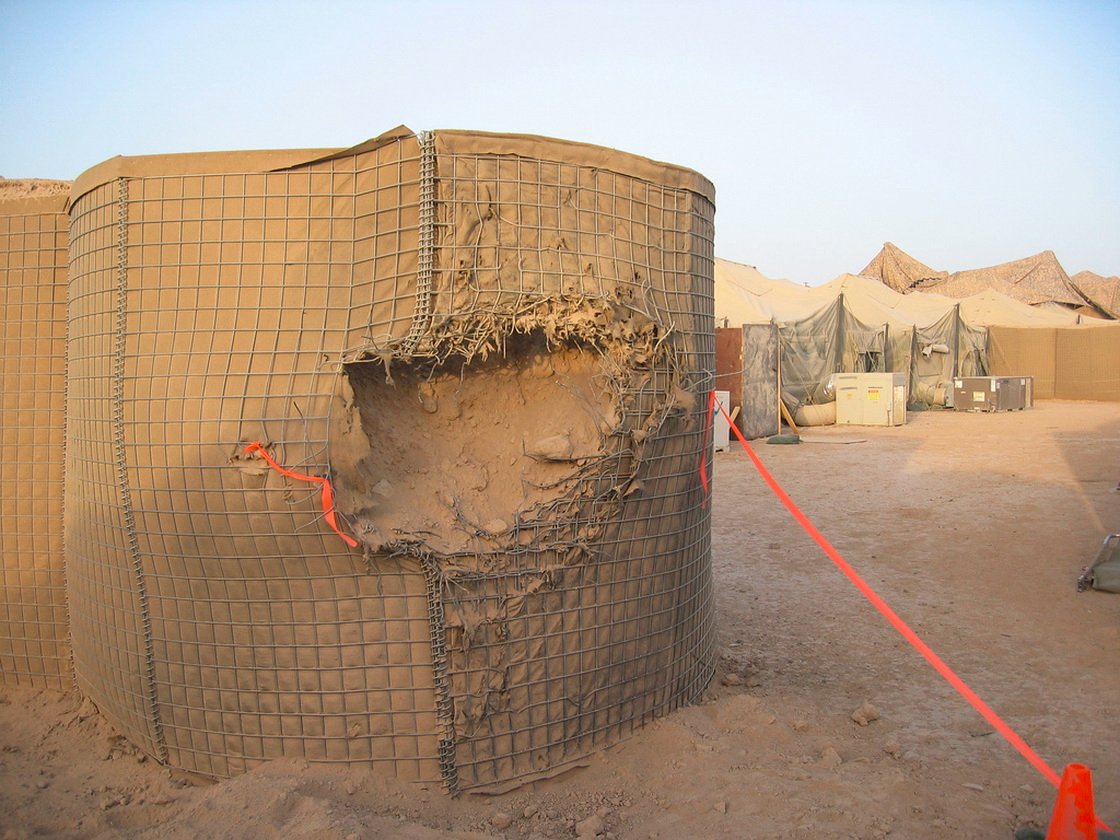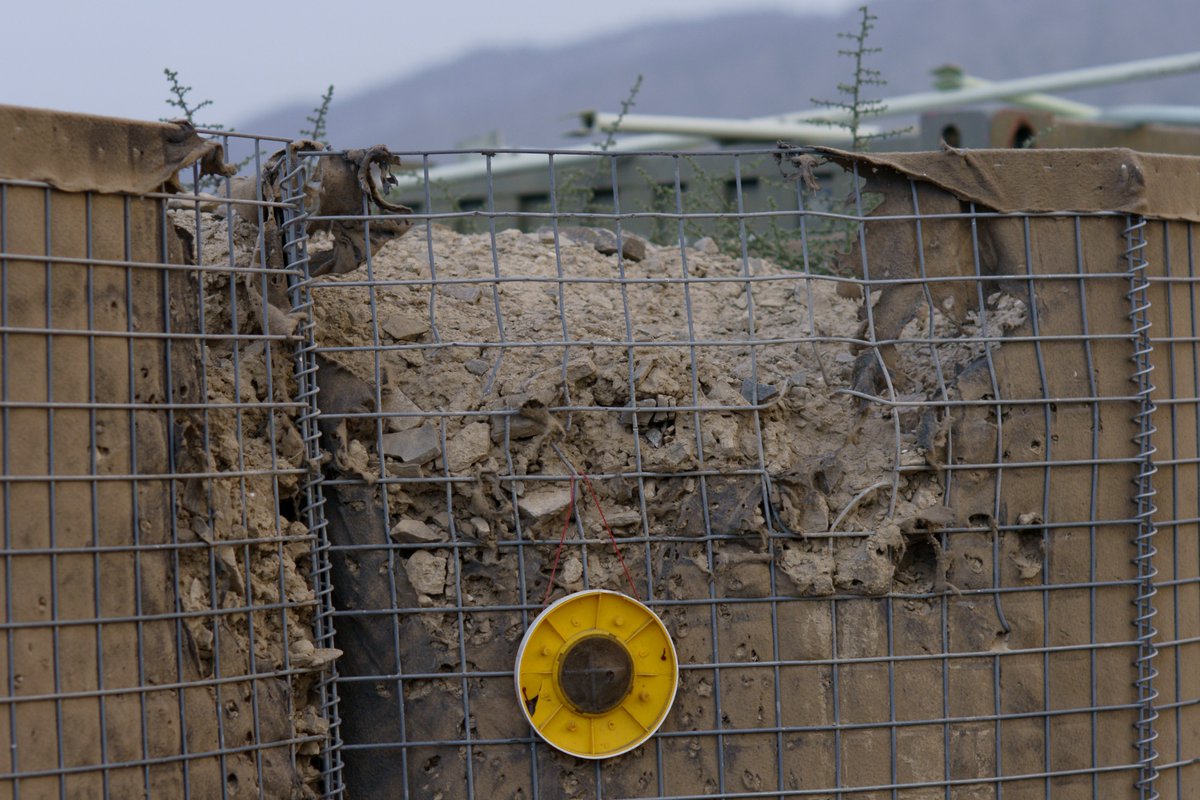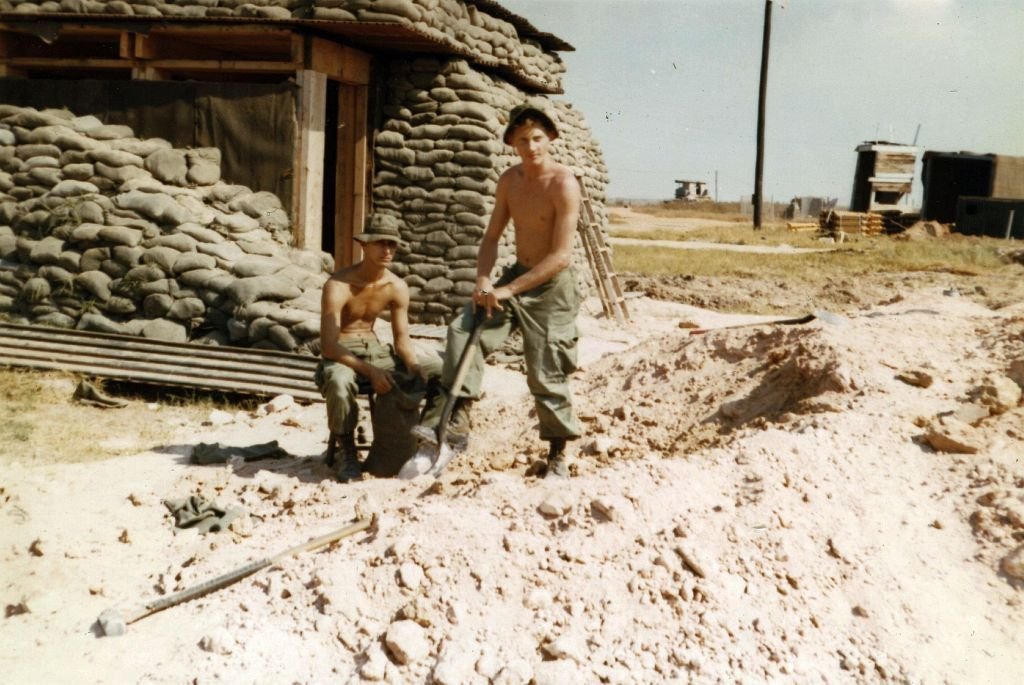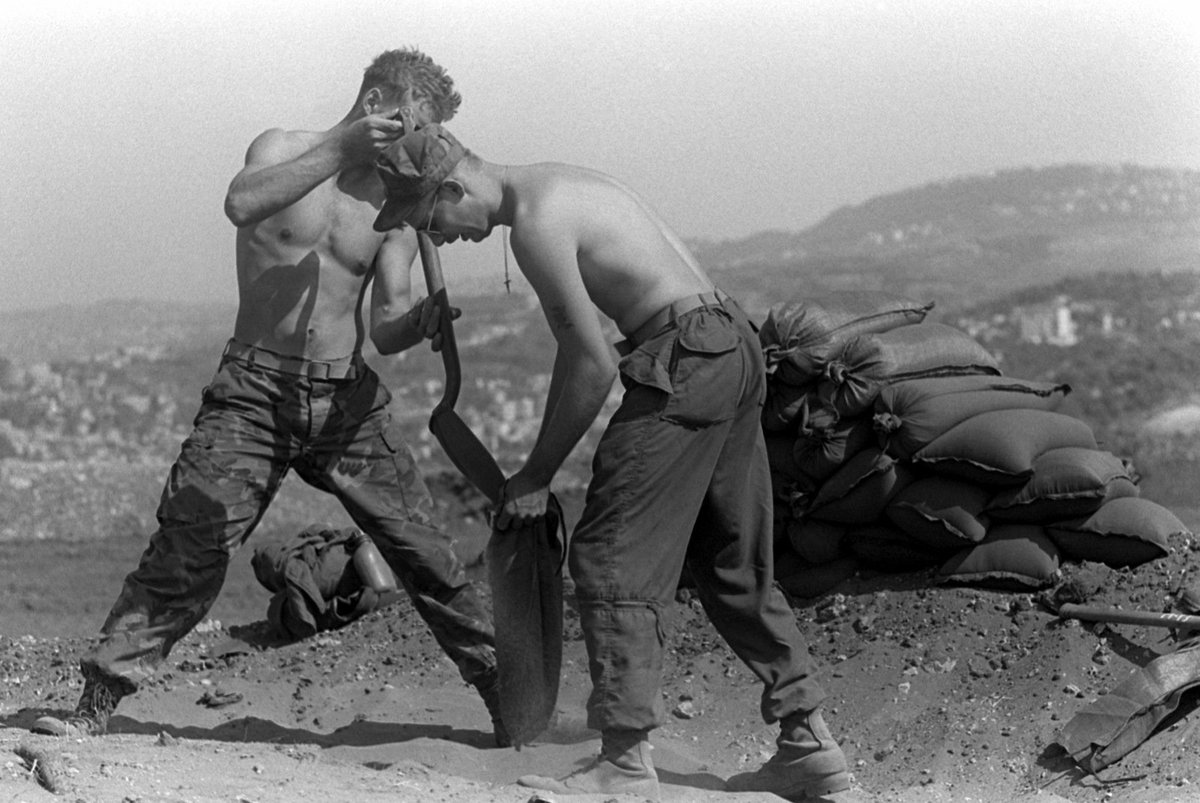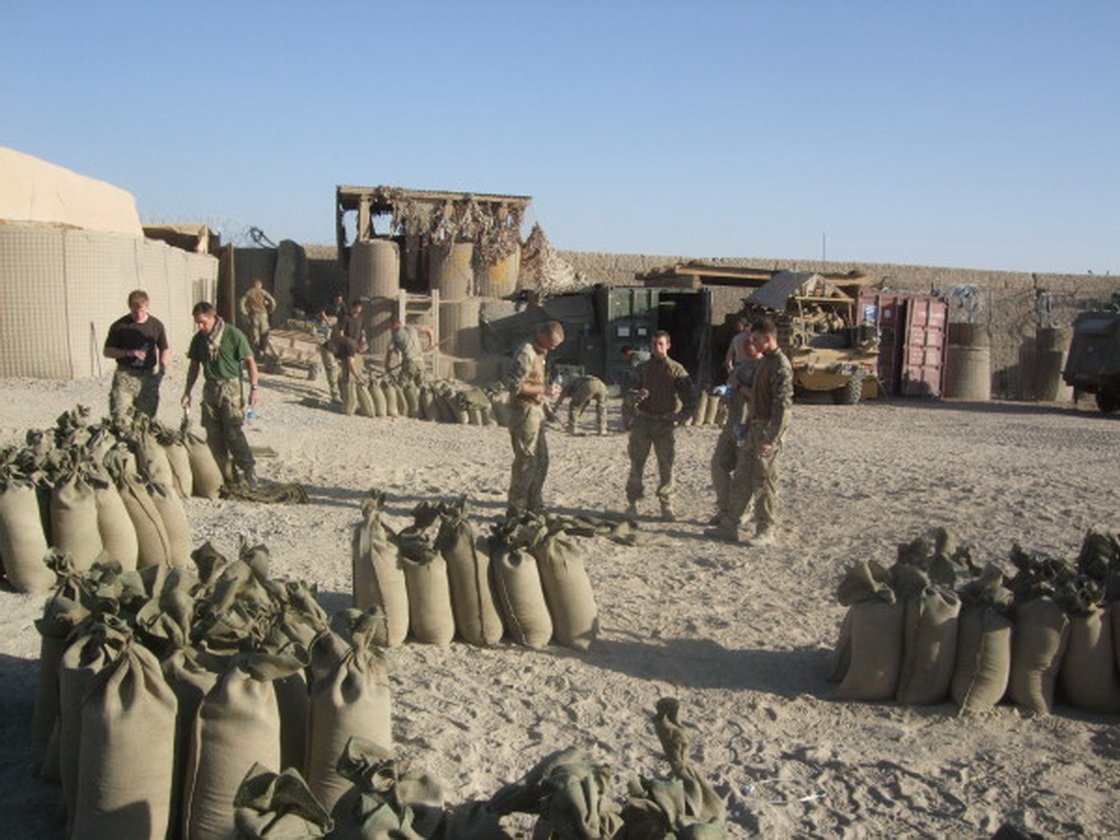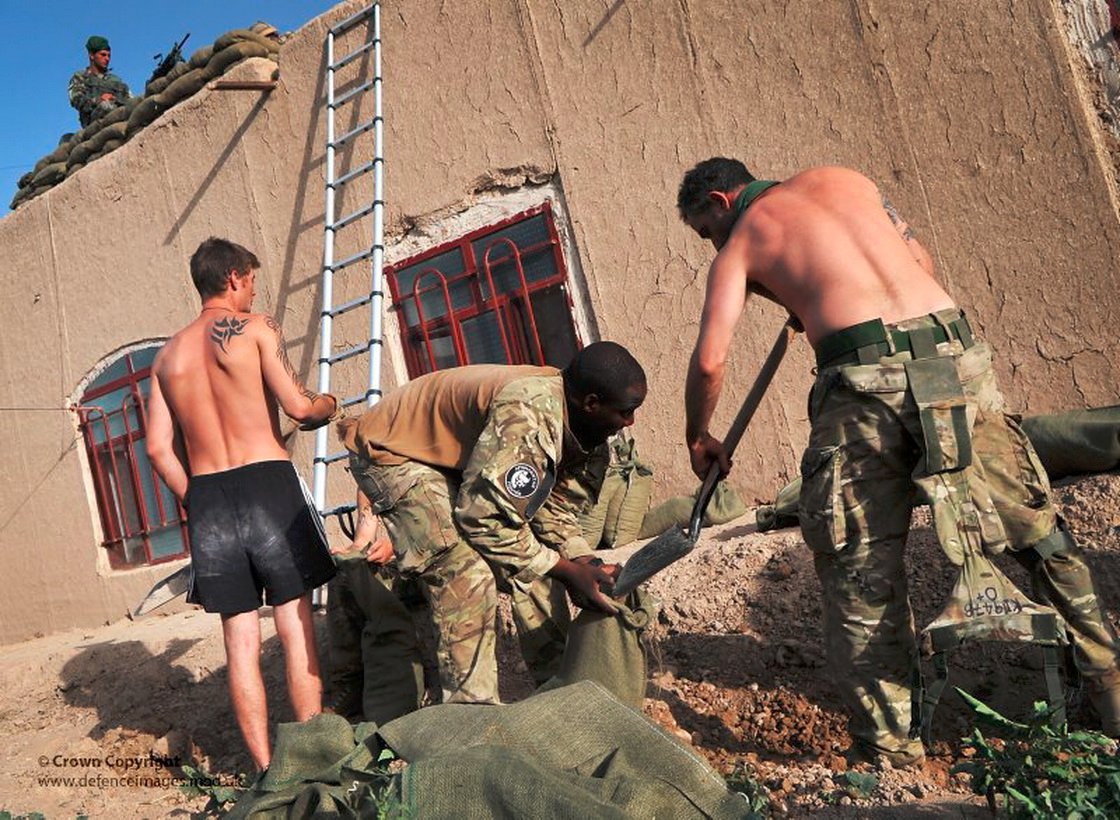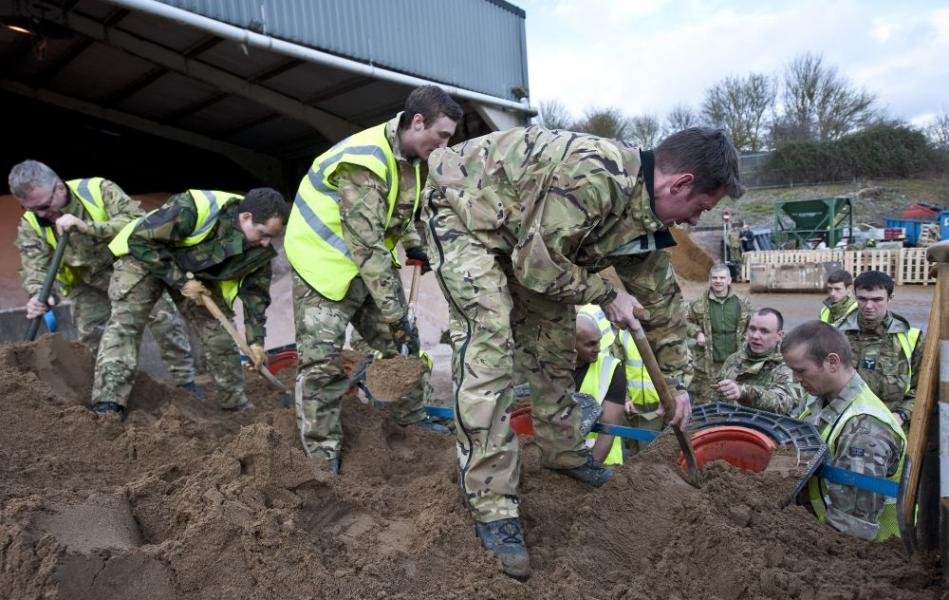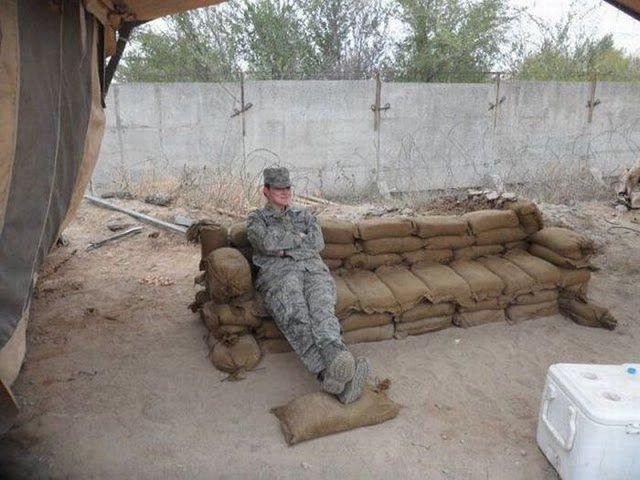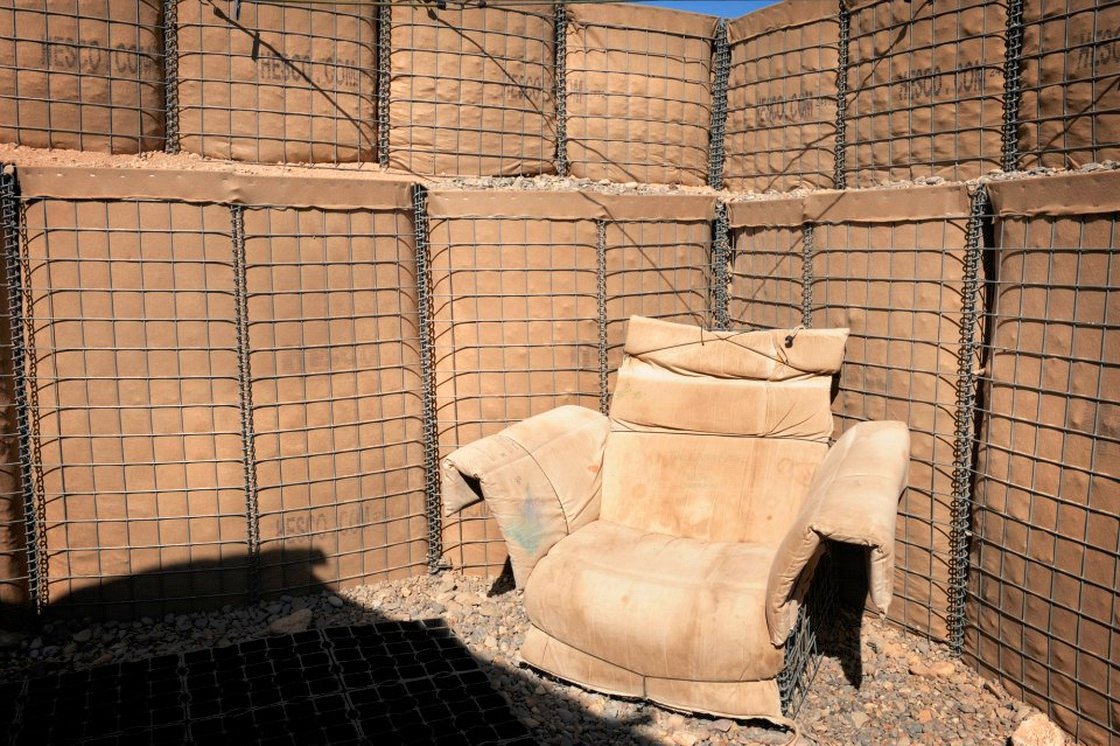The term gabion comes from the Italian word gabbione meaning ‘big cage’, it is a cage filled with rocks or soil provide protection against enemy fire or in civil engineering
/2
/2
They go back to the medieval era where they were used to protect sappers as they advanced towards an enemy castle in their saps (or trenches) but started to be more commonly used with the advent of gunpowder
/3
/3
As can be seen in this image, gabions were used at the front edge of the sap, usually behind the sap shield. As the sap progressed towards the enemy, the gabions were moved forward and replaced with sturdier protection
/4
/4
Gabions continued to be used for both the offence and defence, usually manufactured locally using readily available materials and filled in situ. A novel use emerged in the 1850’s, the Sap Roller, a large cylindrical gabion on its side
/5
/5
Wherever there was a need for temporary protection against enemy fire, gabions would be used. Where more permanent defences were needed, timber, stone and earth were used instead
/6
/6
Gabions were therefore mostly used as an expedient, where time or materials were limited. Where weapons became more effective, manouver more practised, and concrete and steel more available, they faded from common use
/7
/7
Sandbags are arguably a more recent invention, although their use as a weapon or training aid also goes back to medieval times.
/8
/8
As muskets emerged as common weapons, sandbags were used, like gabions, wherever a quick and simple means of protection were needed, here at the 1781 Battle of Ninety Six in South Carolina, bloody colonials!
https://worldhistoryproject.org/1781/5/22/siege-of-ninety-six
/9
https://worldhistoryproject.org/1781/5/22/siege-of-ninety-six
/9
Like gabions, where portable defence against shot and shell were needed, sandbags were there to be found
/11
/11
Their use in trenches is for revetting the walls and providing additional protection for the parapet (front) and parados (rear). In above ground uses, they form walls and can be used for overhead protection
/13
/13
More recently, hessian has in some cases given way to synthetic materials but they are still widely used, some instances perhaps more impressive than others!
/14
/14
There is quite a bit of science and engineering behind sandbags but principles remain fairly simple, don't overfill, lay in a bond like bricks, tamp down, tie in and slope back. As shown by Sgt K a reserve soldier from 170 Works Group here, an artist beyond compare
/15
/15
To provide greater longevity, sandbags could be painted with cement slurries or tar, or even filled with cement, but most sandbags, like gabions, tend to be seen as temporary protection
/16
/16
So how have gabions and sandbags been pulled into the modern era? Mostly, innovation has been one of materials than concepts, but innovations are still there to be found
/17
/17
In the world of gabions, obviously Hesco, but also Defencell who might be a little less well known, they are both British though, continuing the long heritage of UK defence engineering innovation
/18
/18
Defencell is from JS Franklin and is a geotextile self supporting container that can be used like sandbags, gabions or to reinforce earth berms. No metal content and high packing density are key features
/19
/19
The Defencell M1 weighs less than 10kg but can be used to form a barrier that is equivalent to over 300 sandbags
/19
/19
I think everyone knows about Hesco, a company with a great back story that have gone on to world domination. Quick and simply to use, Hesco Bastion is now a common feature of the modern battlefield
Innovation from Hesco include rapid installation kits, bunkers and elevated sangars, all clever stuff that exploits the key features of modern gabions
/21
/21
RAID is really smart, although filling might take a little longer!
/22
/22
HESCO and Defencell endure because they provide excellent protection against explosions, direct fire and fragmentation, are low cost and quick and easy to use
/23
/23
Concrete canvas can be used to reinforce gabions (or sandbags)
/24
/24
Which brings me back to sandbags. Filling sandbags is not complicated and the same method has been used since sandbags were first used but there are better ways, equipment and techniques that maximise fill rate either with manual or mechanical approaches
/25
/25
The BCB Sandbagger is one example (of many) of equipment that makes manual filling quicker, a team of 8 can get through a tonne of sandbags in an hour
/26
/26
If mechanical assistance is available, excavator attachments can really increase throughput and once filled, they can be palletised and moved to site quickly
/28
/28
Another interesting innovation that is used more for housebuilding and civil engineering than defence is the continuous earth bag
/29
/29
Another video of the same concept, the continuous or tube bag
/30
/30
Composite spheres like Saab Barracuda might one day replace sandbags
/31 https://www.thinkdefence.co.uk/2015/01/saab-barracuda-soft-armour/
/31 https://www.thinkdefence.co.uk/2015/01/saab-barracuda-soft-armour/

 Read on Twitter
Read on Twitter